New Let’s Remineralize! website brings remineralization to the classroom
Our world needs future leaders able to tackle complex environmental challenges. Let’s Remineralize! is a K-12 science education initiative that aims to engage and inspire junior scientists worldwide to explore remineralization, and we have just launched its new website!
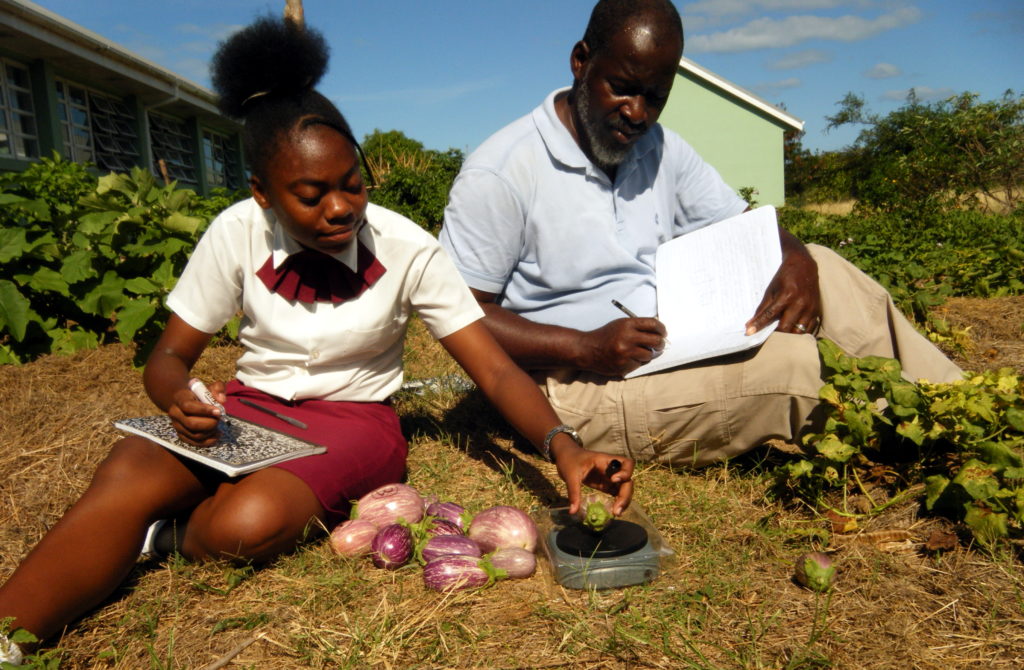
Remineralization – the process by which finely ground rock dust and sea-based minerals are added to depleted soils – is an efficient and effective method to improve crop yields and stabilize the climate. In theory and in practice, remineralization is a relatively simple technique, with potentially massive benefits. In the past few decades, remineralization has garnered increasing attention from the scientific community: Mounting evidence suggests that, through the process of enhanced rock weathering (ERW), the Earth’s soil is capable of sequestering tons of CO2.
While ERW techniques have a global research base, the benefits of remineralization need not be relegated to a laboratory setting for established research scientists. With the launch of the new website, students and teachers can explore remineralization.
Exploring the Let’s Remineralize! website
Let’s Remineralize! captures the spirit of Remineralize the Earth (RTE), a non-profit organization that promotes remineralization as a fruitful technique capable of stabilizing the climate and increasing food security worldwide. Let’s Remineralize! echoes RTE’s mission statement but aims to promote remineralization as a hands-on education experience for young learners.
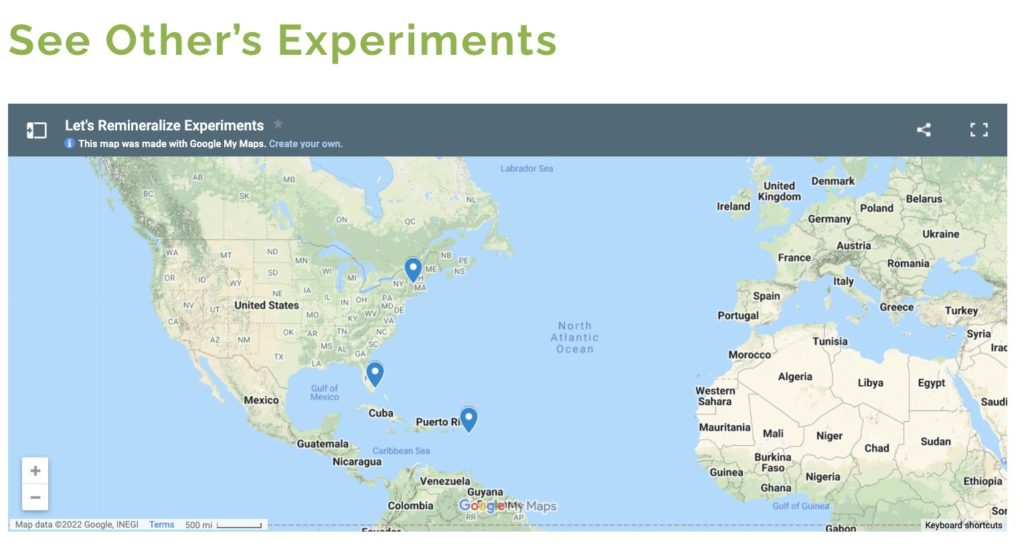
With the launch of the website, people unfamiliar with remineralization can gain access to quick facts and resource guides.
The Let’s Remineralize! homepage welcomes visitors with a brief description of the aim: to provide an “experiment-driven sustainability education” for anyone who wants to learn about remineralization techniques.
The website also answers the question “Why Remineralize?” People can learn about the benefits of remineralization and how to remineralize a garden for spring.
Practical advice is also available. For example, under the section titled “Where to Get Rock Dust,” users can find resource guides that inform where to purchase rock dust (locally and internationally), as well as a Rock Dust Primer PDF describing how to apply rock dust to soil.
Finally, the website’s most important feature – “Lesson Plans by Grade” – provides a series of lesson plans targeted to four education groups: Grades K-2, 3-5, 6-8, and 9-12. These lesson plans will include a series of experiments aimed to educate children (and adults) about the benefits of remineralization.
Several early programs have produced promising results, which you can learn about on the Let’s Remineralize! interactive map. Future students will be able to add their results to our map and contribute to a growing online research database.
The lesson plans
Let’s Remineralize! offers students and educators the opportunity to explore the science of remineralization together. These pre-designed experiments provide young scientists with hands-on scientific experiments that produce tangible results.
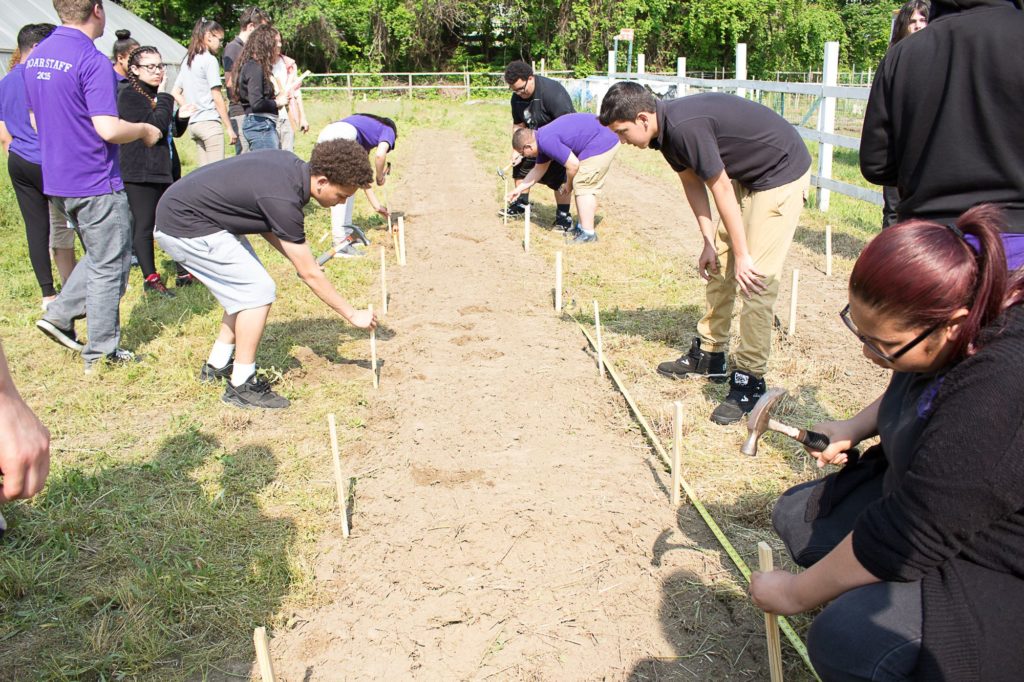
For teachers, the curriculum is designed to cover biology, geology, agroecology, agrogeology, gardening, soil science, climate science, chemistry, agriculture, remineralization, environment, sustainability. The lesson plans align with next-generation state and federal education standards.
The main learning objective is the scientific method, taught through hands-on experience. Upper-grade level students will be able to design their experiments before carrying them out.
The plan includes key questions for the students to answer, such as “How do you think this experiment directly affects you, if at all?” PowerPoint presentations, glossaries and many other resources support teachers throughout the process.
The statement of the Overarching Goal of the program explains: “This lesson plan aims to empower children to make their own contributions to the world by fueling their curiosity and expanding their environmental awareness through experimentation. […] Students will learn how to apply the scientific method and think through scientific procedures to gain a better understanding of how rock dust can impact soil fertility and improve agricultural practices.”
Students gain first-hand experience with remineralization
As featured in a previous RTE article, Let’s Remineralize! advocate and RTE volunteer Logan Li Saenz designed a lesson plan for 132 fifth-grade students at City of Pembroke Pines Charter School in Hollywood, FL. The project was meant to “inspire and engage students in the sciences,” said Saenz. While the experiment was completed remotely due to COVID-19 challenges, students gained first-hand experience running their own remineralization experiment.
As detailed in the Let’s Remineralize! “science report” – found by clicking on the interactive map – students researched the germination of scarlet sage (Salvia coccinea). Their goal was to determine how rock dust affected the growth of scarlet sage by planting seeds in two identical pots, one with rock dust and one without. After making and recording observations, students reported feeling like “they were scientists,” according to Mrs. Piper, the fifth-grade teacher.
At the end of the experiment, every class will be able to provide their results through text, photos or videos. These results will be linked on the interactive map on the Let’s Remineralize! website and will form part of a student research database. Each of these reports reads like an empirical journal article, complete with methods and results sections. By including these reports on the webpage, participants can see clear examples of remineralization experiments that yielded real, positive results.
Remineralization lessons serve a greater purpose
Beyond producing recordable, observable data, these student experiments also aim to emphasize the co-benefits of remineralization, such as community health and betterment.
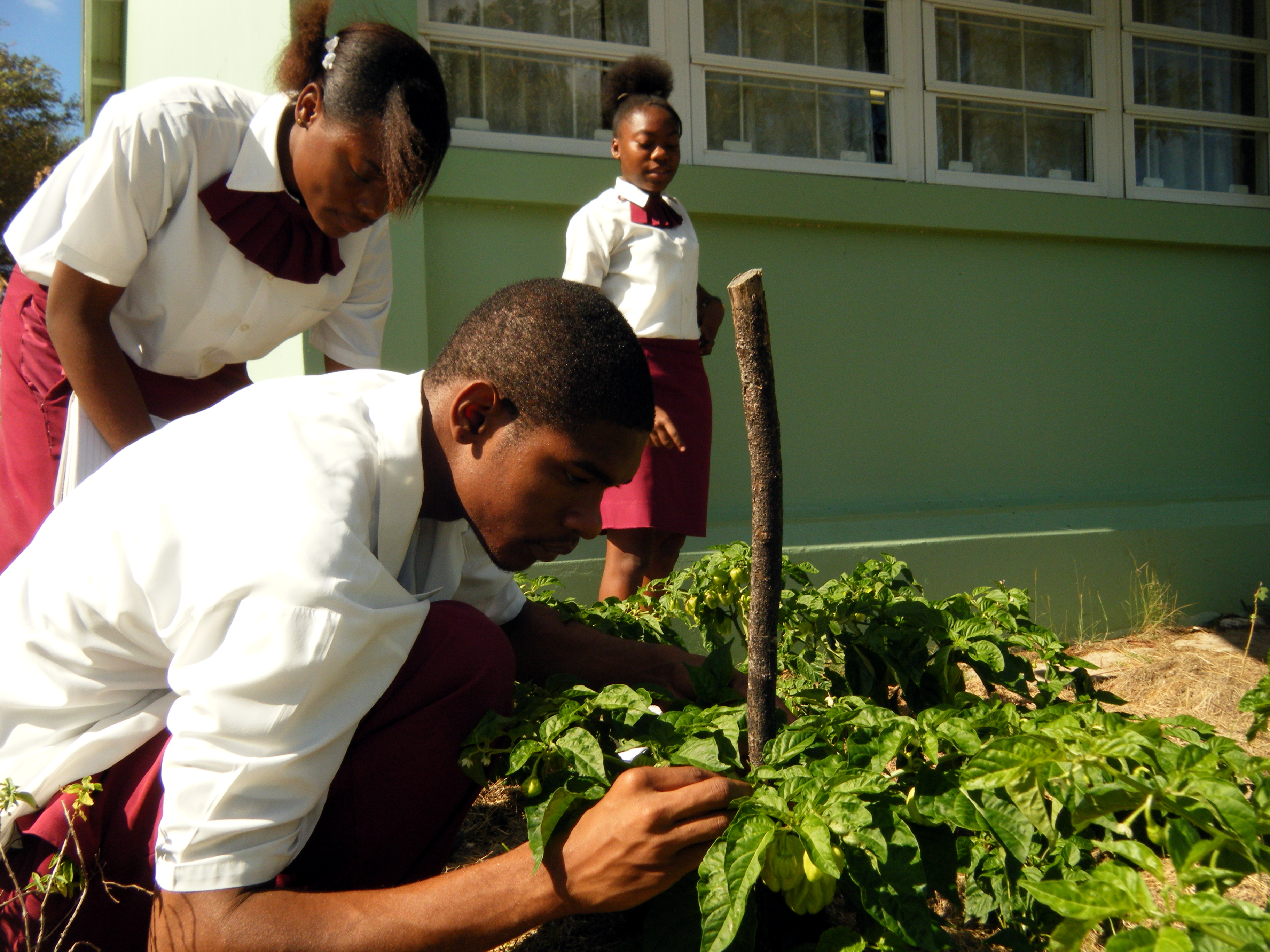
At the Sir McCheesney George Secondary School in Barbuda, for example, students explored remineralization techniques to improve soil fertility using volcanic ash from the nearby island of Montserrat. The goal of the project was to investigate how remineralization for gardeners and farmers could revitalize the agriculture and economy of the island.
At the Paulo Freire Social Justice Charter School in Holyoke, MA, students grew aji peppers in a series of community garden plots, some treated with rock dust and others untreated controls. The experimental lesson was designed with sustainability in mind: Eighth-grade students not only learned about geology and the formation of soils, but they also learned about nutritional gardening and farming that can lead to long-term improvements in sustainability and nutrition.
The completed experiments on the Let’s Remineralize! website reveal how students engage in scientific exploration with commitment to a larger cause. Each lesson plan was thoughtfully developed with the students, teachers, and community in mind.
The diversity of ages, resources, and community needs, could serve as a barrier to promoting remineralization. However, the Let’s Remineralize! website will further contribute to easing these barriers to accessible knowledge and science education, proving that remineralization as a practice can be available to anyone who wants to learn.
Meghan Willcoxon is currently a doctoral student studying cognitive science at Brown University. She was a winner of the Hyundai Visionary Challenge for 2018-2019. She is a quantitative researcher for the Brown University Virtual Environment Navigation Lab.
Support us on Patreon
Thank you for joining us today! Please become a member of RTE and support us on Patreon. Unlike many larger organizations, we work with a team of determined and passionate volunteers to get our message out. We aim to continue to increase the awareness of remineralization to initiate projects across the globe that remineralize soils, grow nutrient dense food, regenerate our forests’ and stabilize the climate – with your help! If you can, please support us on a monthly basis from just $2, rest assured that you are making a big impact every single month in support of our mission. Thank you!

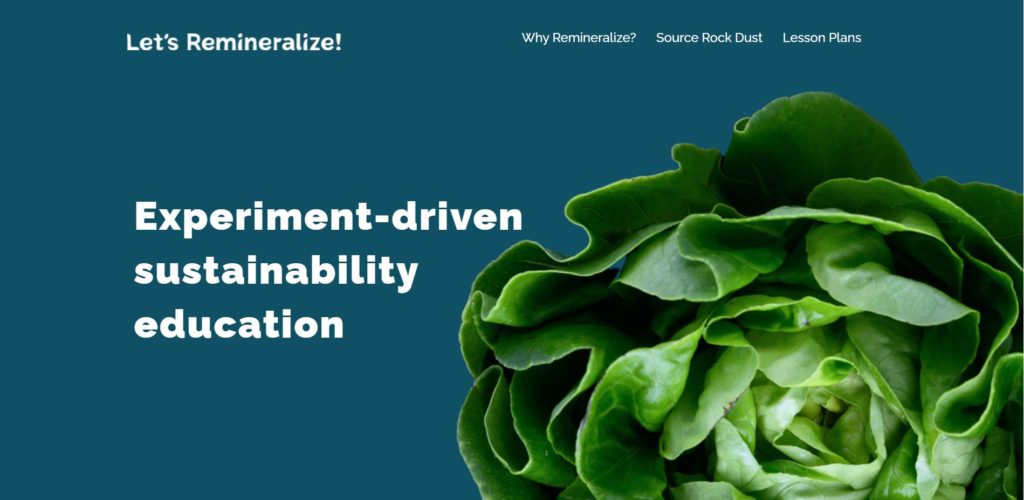
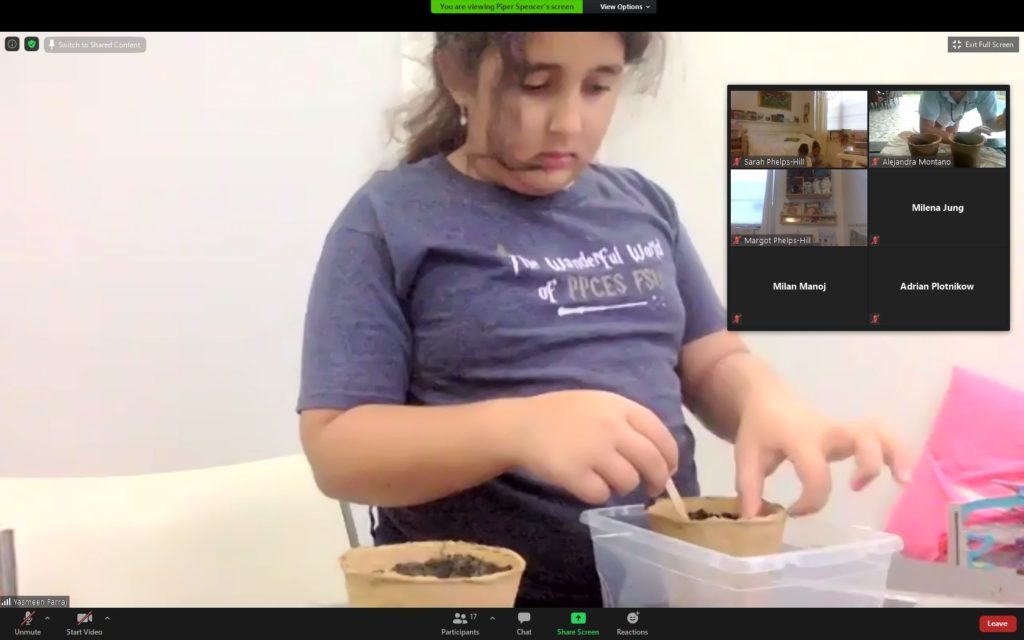






Got something to say?